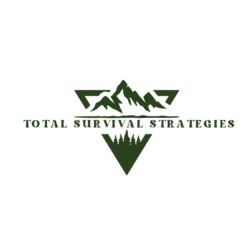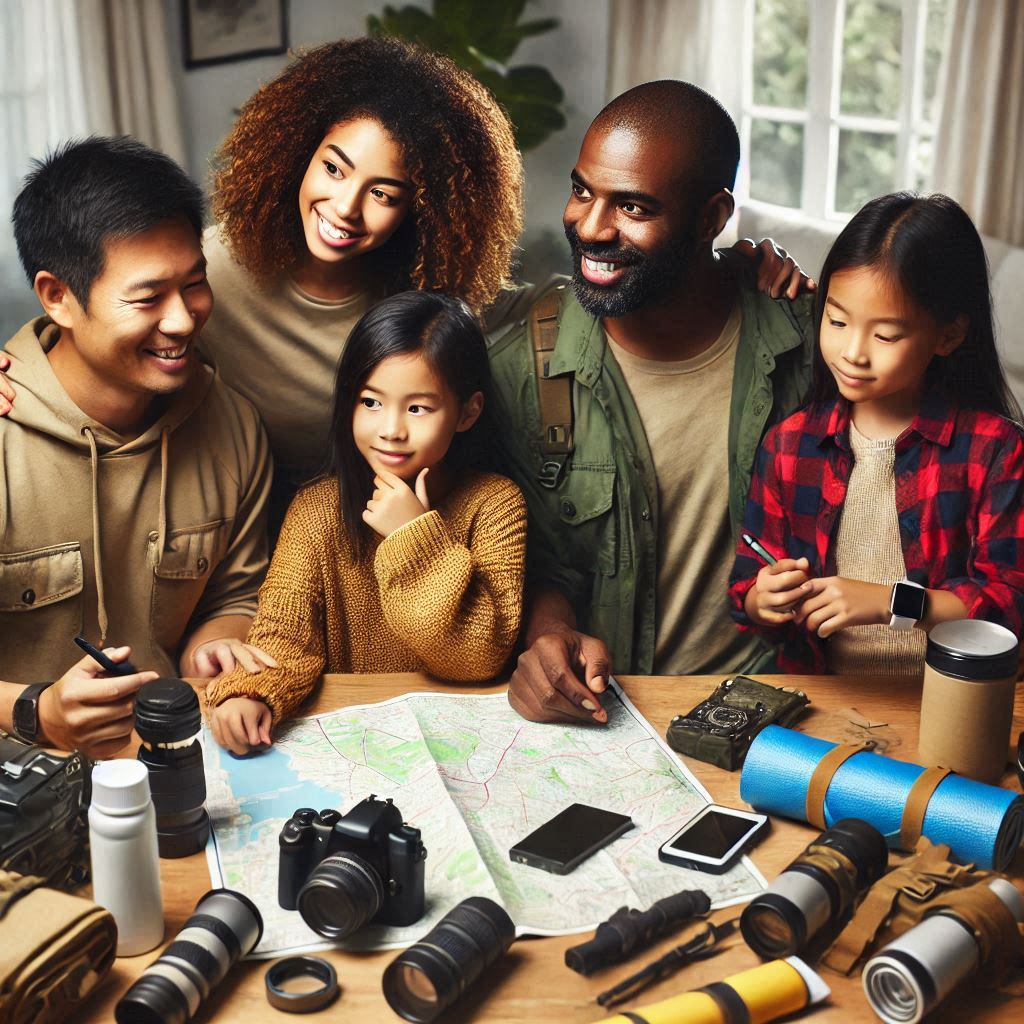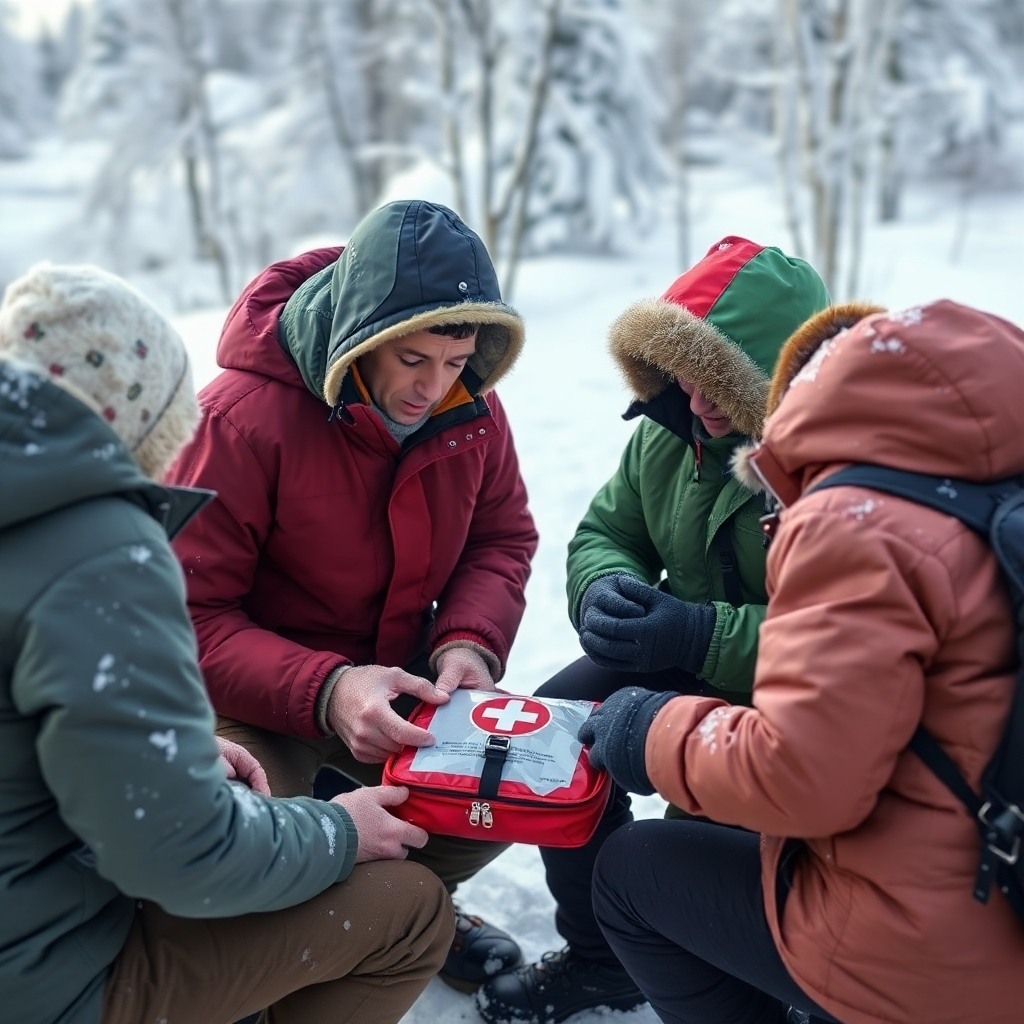Building an essential first-aid kit and acquiring the necessary first-aid skills are fundamental for emergency preparedness. A well-stocked first-aid kit is crucial for managing minor injuries and can be a lifesaver during more serious situations when medical help may be delayed. In this guide, we’ll cover the key components of a comprehensive first-aid kit and the critical first-aid skills you need to master for any emergency.
Essential Items to Include in Your First-Aid Kit for Emergency Preparedness
Your first-aid kit should be customized to meet your family’s needs, but certain items are essential for all kits. Here’s a checklist of basic first-aid items that every household should have:
- Bandages and Dressings: Include a variety of sizes for adhesive bandages, sterile gauze, and dressing rolls to cover cuts and wounds.
- Cleansing Agents: Stock antiseptic wipes, hydrogen peroxide, or alcohol pads to clean wounds and prevent infection.
- Adhesive Tape: Use this to secure dressings or create makeshift splints.
- Scissors and Tweezers: Essential for cutting bandages or removing debris from wounds.
- Gloves: Disposable gloves help maintain hygiene and prevent contamination.
- Pain Relievers: Have aspirin, ibuprofen, or acetaminophen for pain management.
- Antibiotic Ointment: Helps prevent infection in minor cuts and scrapes.
- Cold Packs: Instant cold packs for reducing swelling and managing sprains or strains.
- Thermometer: Useful for checking body temperature to identify fevers.
- Elastic Bandages: Ideal for wrapping sprains or strains to reduce swelling.
- Emergency Blanket: A space blanket to retain body heat in cold conditions.
- First-Aid Instruction Booklet: A simple first-aid manual for quick reference.
Depending on your family’s health needs, you may also want to include additional items such as allergy medications, asthma inhalers, or epinephrine auto-injectors. Regularly inspect your first-aid kit to replace expired items and replenish used supplies.
Essential First-Aid Skills You Need to Master for Safety and Survival
Having a well-stocked first-aid kit is only part of the equation; knowing how to use it effectively is crucial for responding to emergencies. Here are key first-aid skills you need to master:
- CPR and AED Use: Learn cardiopulmonary resuscitation (CPR) and how to use an automated external defibrillator (AED). These skills can save lives in cases of cardiac arrest.
- Wound Care: Master the proper techniques for cleaning and dressing cuts, scrapes, and burns to prevent infection and promote healing.
- Managing Sprains and Fractures: Learn how to immobilize and support injured limbs to prevent further injury.
- Recognizing Shock: Understand the signs of shock and how to respond effectively until help arrives.
- Heimlich Maneuver: Learn how to perform the Heimlich maneuver to clear blocked airways in a choking person.
- Heatstroke and Hypothermia: Be able to recognize and treat these life-threatening conditions in extreme temperatures.
Take a First-Aid Course to Build Confidence and Skill
While having a first-aid kit is important, first-aid training will give you the hands-on experience and confidence needed to handle medical emergencies. Consider enrolling in first-aid courses offered by reputable organizations like the Red Cross or American Heart Association. These courses provide essential skills that can make a significant difference in life-threatening situations.
Practice Regularly to Maintain First-Aid Preparedness
Practice is key to ensuring you’re ready to handle emergencies. Regularly review and rehearse your first-aid skills with your family or preparedness group. Conduct drills to ensure everyone knows where the first-aid kit is kept and how to use its contents effectively. Familiarity with first-aid procedures and quick access to your kit can improve response times and outcomes during real emergencies.
Conclusion: Be Prepared with a Comprehensive First-Aid Kit and the Right Skills
An essential first-aid kit combined with first-aid skills is a cornerstone of emergency preparedness. By assembling a comprehensive kit and investing in first-aid training, you’re taking a proactive step to protect yourself and those around you in any situation. Stay prepared, stay safe, and ensure your family is ready to handle medical emergencies when they arise.
S
We are a participant in the Amazon Associates Program. As an Amazon Associate we earn from qualifying purchases with no additional cost to you. We appreciate your support. Read our complete Affiliate Disclaimer here.



